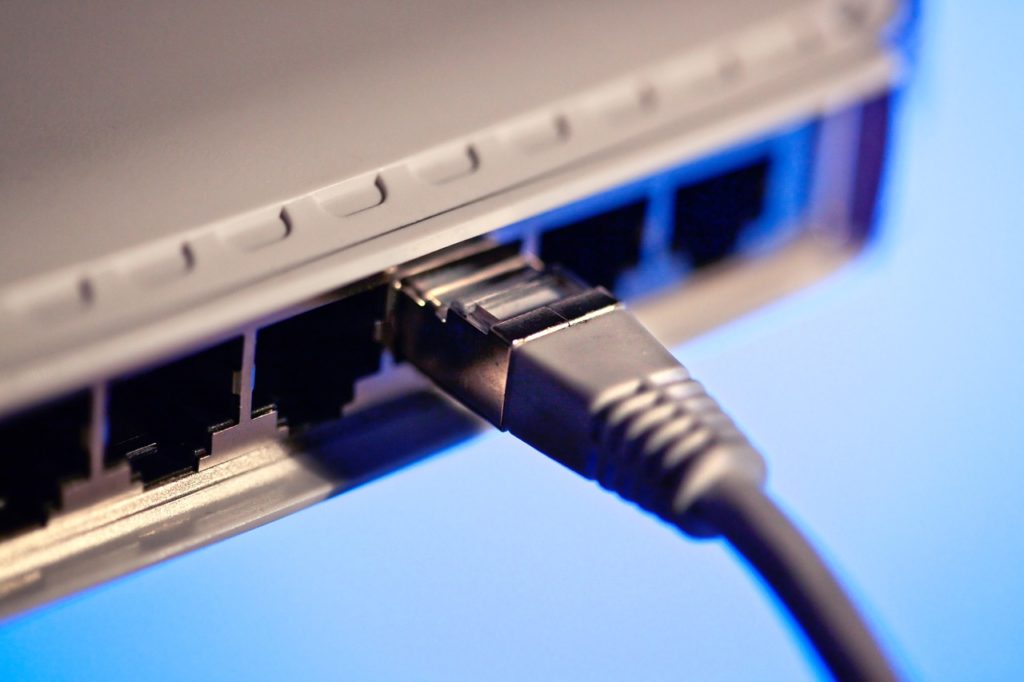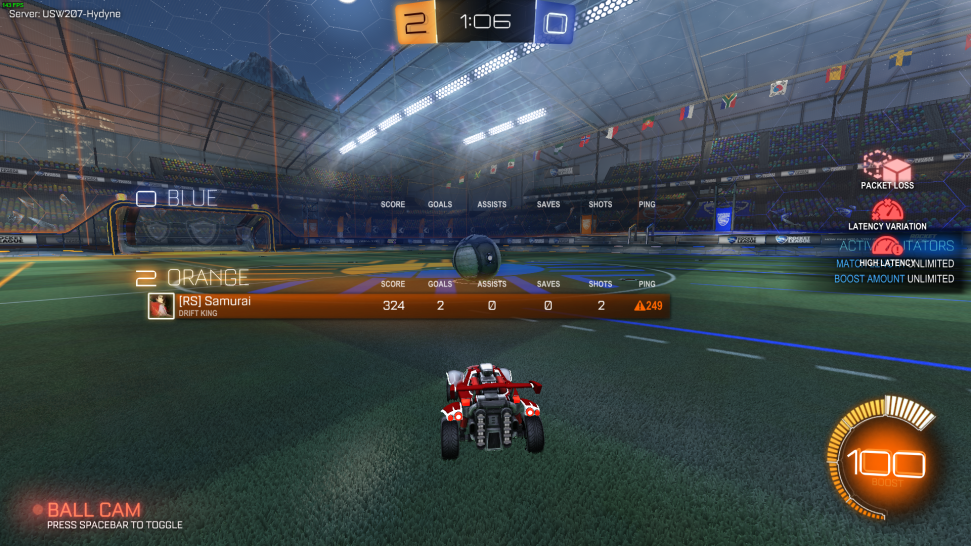Got Lag? Make the Most out of Your Connection!

With the recent outbreak of COVID-19 (aka corona virus), many gamers are experiencing network connection issues. I wanted to post an article that may help improve your internet connection, specifically designed for minimizing gaming latency and jitter.
Still lagging, even with no packet loss?!
Why is this happening? I personally live in an apartment complex with over 50+ tenants on a CABLE connection (no fiber options available OUCH). This is different than a FIBER optic connection. A cable connection uses copper wiring to route it’s internet traffic all through the apartments. Fiber optic connections usually don’t have to worry about this due to the extremely high relay speed, which can carry tons of information (sent essentially at the speed of light). This past weekend I had a local internet provider technician come out to verify any issues. He mentioned he didn’t see any packet loss and the speeds were fine. The tech told me that “packet loss causes lag”. While this is true, sadly packet loss isn’t the catchall to lag problems.
I was having an issue due to the overload of people staying to home to work or just staying home due to the statewide quarantine here in California. With the abundance of streaming services such as Netflix, Hulu, Amazon Video, Disney+, and others, the amount of bandwidth people use is much higher than it used to be even from just 5 years ago. There is only so much bandwidth pumped into the apartment lines. What does this mean? Even if you have 1 gigabit of download speed, you won’t necessarily reach your peak speeds. Unfortunately I have succumbed to this issue of “over-subscription”. Over-subscription means too many connections are over utilizing the set amount of allotted bandwidth for that complex/building/etc. As a result, I would run speed tests and even witness sub 100 Mbps speeds on peak times. Quite the unpleasant experience!

The impact this has on your gaming can range drastically depending on how hard or soft the pull on the bandwidth is. For example, 20 people all turn on Netflix and start watching a movie in 4k HD resolution, then 10 of those people stop watching their movies. This is going to create massive fluctuations in ping, especially on already overloaded networks. Let’s get to the solution!
Top Priorities
As most home networks are setup, you usually have your modem and router. The 100% most effective way to secure the best connection to your internet is using a wired ethernet cable. Using Wi-Fi can introduce a lot of different and unpredictable interference that could easily be eliminated on a wired connection. In order to perform this fix, you need to have access to your administrator login for your router.

The Solution
The key to a stable connection even with high varied bandwidth is Quality of Service (QoS). QoS is an option available on mostly every major brand name routers today. The tricky part is finding out how your router deals with controlling your internet bandwidth. Personally, what I found to work best is to set your max download and upload (not all router models have upload QoS) to the lowest point you’ve seen your speed drop to. This is so important I can not stress it enough!

This is where some of the difficulty comes in, but it is well worth it to help minimize your lag. It may take a few days to get your download and upload values suitable. I got the best results by putting my QoS download speed at the lowest value I saw my internet drop to over a few days. Usually these instances occur during late afternoon and can even last up until late evening. A lot of time and testing can help you get more effective results, a bit of patience can go a long way! What the QoS is doing for you is reducing the amount of bandwidth being fed into your router, essentially like a funnel for pouring in a mess of data into a more clean and pure signal.

You may have to sacrifice your high download bandwidth to create a stable range for your internet not to fluctuate. On a positive note, if you need to use your bandwidth for downloading you can always deactivate QoS, then switch back on for gaming. I noticed a significant improvement in gameplay ping once I got my values dialed in. For example, I play a lot of Rocket League and in these past few weeks I’ve seen my ping spike well into the 300 ms. With the QoS options on, I usually float under 50 ms to USWest with the very rare spike of up to 70/80 ms. I linked two websites below that you can use to check your internet speeds/connection. I recommend using both to get a well rounded analysis.
Quick disclaimer: I am not paid/endorsed by these sites, but I do feel they provide great tools for internet users for free.
Short-term tests:
https://www.speedtest.net/
Short-term and long-term tests with LOTS of other helpful info:
http://www.dslreports.com/
Conclusion
I hope you are able to reap the rewards of my suggestions and have a better gaming experience with reduced or eliminated lag! I did a lot of digging around on other websites and didn’t find a reasonable answer on how to cope with internet “over-subscription,” so I figured why not make my own.